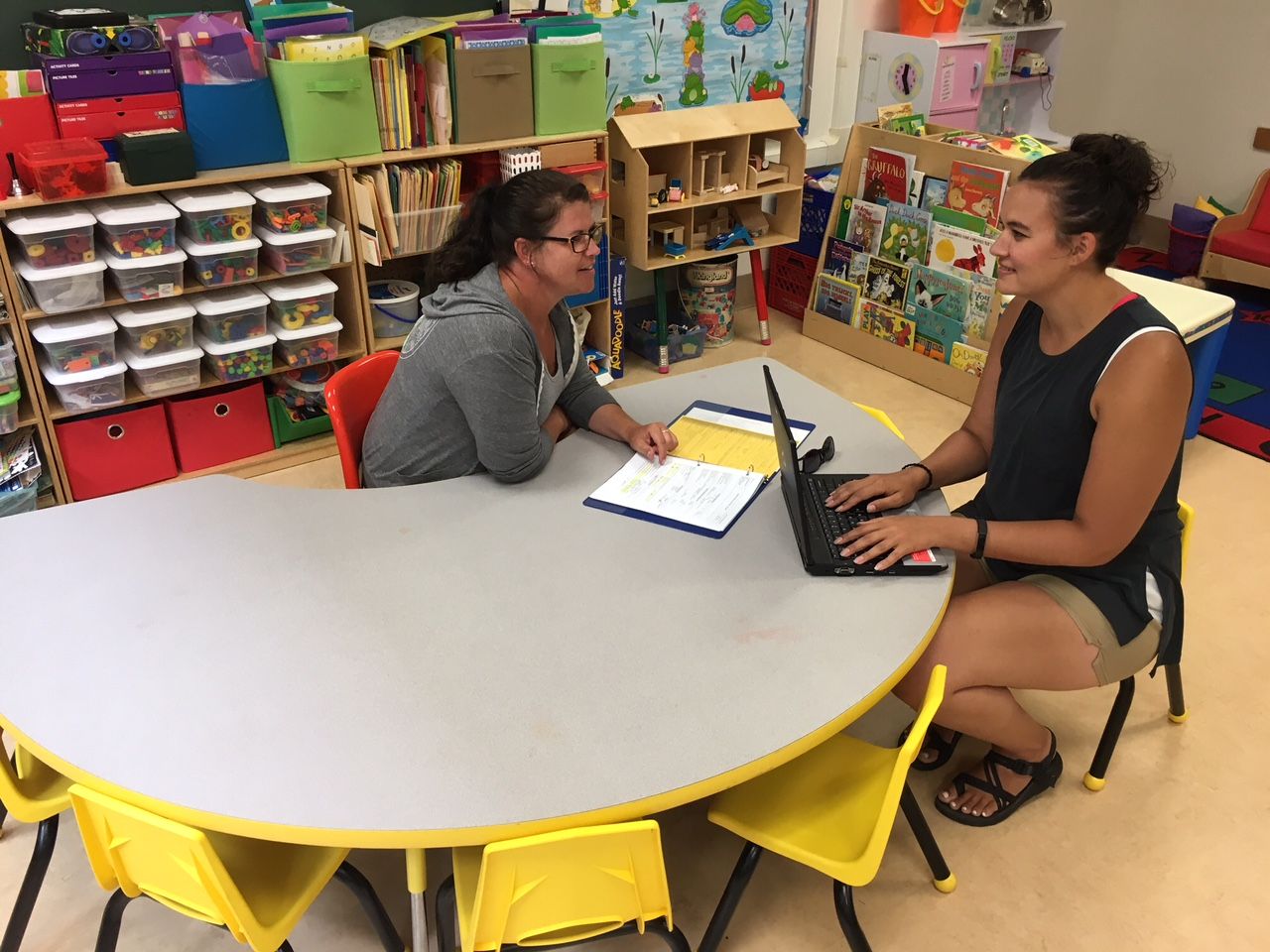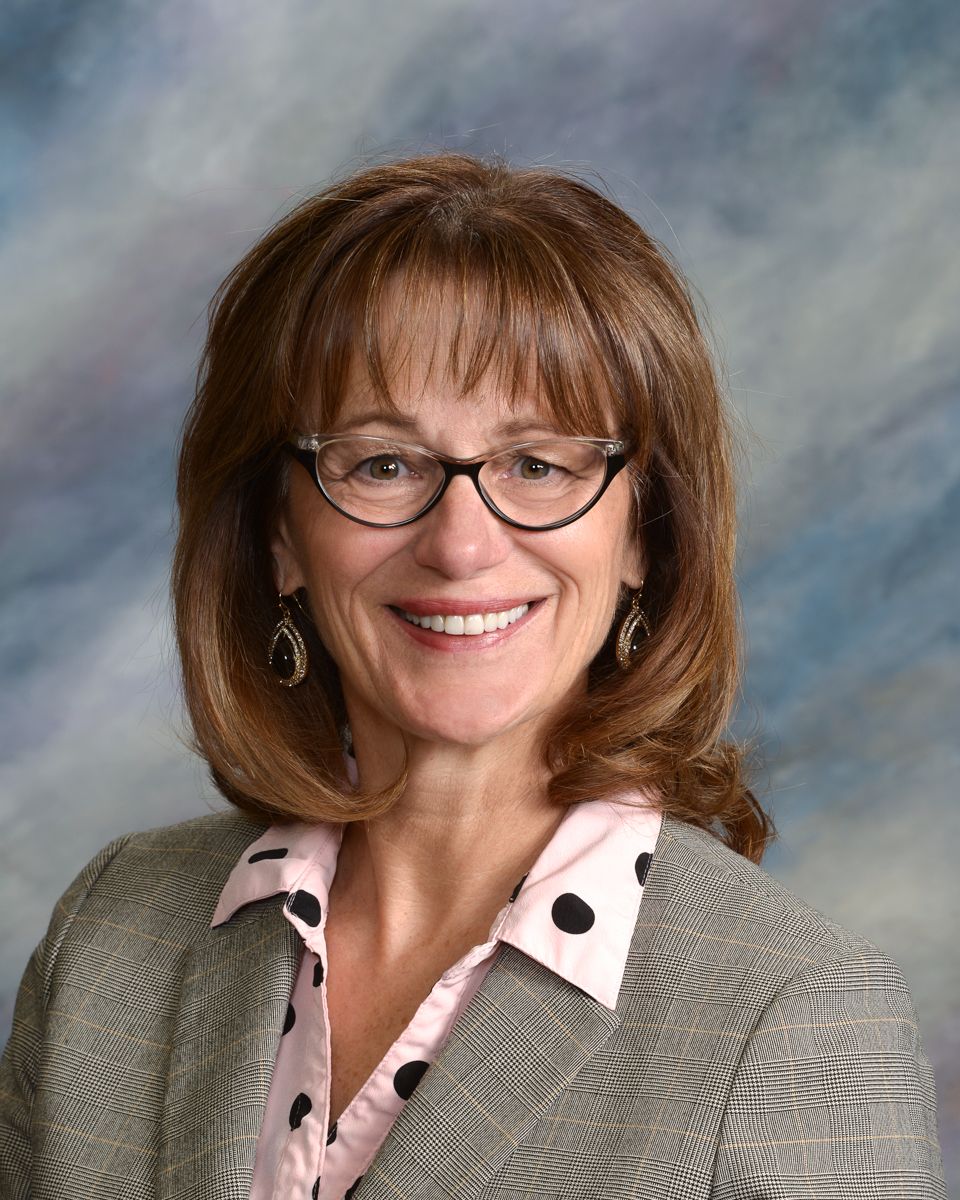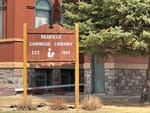In 2016, South Dakota set a goal to put more money into the K-12 public school system after years of ranking last in the nation for teacher pay.
The plan included a sales tax hike with new revenues directed to school districts to raise teacher salaries and be competitive with other states, and initially it was successful.
But five years later, progress has slowed and the state has not kept up with other states, putting South Dakota once again near the bottom nationwide in teacher pay, according to the National Education Association. Average teacher pay in South Dakota rose by 17% over five years, from $42,025 in 2016 to about $49,000 in 2020. Only Mississippi has a lower average annual teacher salary than South Dakota.
More importantly, education officials say, the state has the lowest-paid teachers in the Great Plains region, which can lead some teachers to begin or extend their careers in neighboring states to make more money. School districts in the state already face difficulty in hiring new teachers, a situation that has worsened during the COVID-19 pandemic.
In the 2019-20 school year, Wyoming, the top-paying Great Plains state, paid an average teacher salary of $59,786, almost $11,000 a year more than the South Dakota average of $48,984. Minnesota averages about $10,000 a year higher than South Dakota.
Now, some education officials and experts are seeking a revisit to the education funding conversation and are calling on lawmakers to re-address the funding formula or find ways to close the teacher pay gap with other states.
Average teacher pay in the Great Plains
South Dakota has once again fallen to near the bottom of the nation in average teacher pay after rising slightly in the ratings in recent years. Here is a look at how the state average pay ranks among Great Plains states and the highest and lowest ranking states in the country in the 2019-20 school year.
State Average annual salary National ranking
New York $87,069 1st
Wyoming $59,786 20th
Minnesota $58,663 23rd
Iowa $58,184 24th
Nebraska $55,267 30th
North Dakota $53,525 37th
Montana $52,135 40th
South Dakota $48,984 50th
Mississippi $46,843 51st
Source: National Education Association
Those who have been part of the process say the initial salary bump created by the sales tax hike and the subsequent increases were not big enough to keep South Dakota competitive with other states that have also continued to increase teacher pay since then.
“Five years is a long time,” said Melody Schopp, who served as secretary of education under Daugaard and now works in education consulting. “We couldn’t have anticipated what things were going to be like today. Had we not done what we had done, we’d be even further behind.”
In the 2013-14 school year, average pay for a teacher in South Dakota was $40,023 and ranked 51st among all states and the District of Columbia. After the funding infusion from the sales tax increase, the state rose to 47th in average pay in 2017-18, but has since fallen behind other states again, with an average salary of $48,894 that is ranked 50th. Mississippi is the lowest in average teacher pay with an annual salary of $46843; New York is the top-paying state in the nation with an average of $87,069.
On Sept. 27, the Teacher Compensation Review Board that produced an annual report on teacher pay, submitted its final 2021 report to Gov. Kristi Noem and the state Legislature, and the conclusion, largely, is that there’s no one way to solve teacher pay challenges.
“Continued progress on teacher salaries requires action on multiple fronts,” the report reads. “No single policy or effort will result in an all-inclusive solution to maintain a great educator workforce in South Dakota.”
The report goes on to detail the need to continue to make teacher salaries competitive, the likelihood that the teacher shortage will continue to increase, and that the state may face uncertain future impacts of inflation resulting from the pandemic.
The report points out that despite falling in national rankings, teacher pay in South Dakota has risen and the pay gap between the Rushmore State and other states has been reduced. In 2015, the gap between South Dakota and the 32nd state in terms of average teacher pay was $9,516 per year; in 2020, that gap had fallen to about $5,300.
Also, the report notes, South Dakota raised average teacher pay by 22.4% from 2014-2020 while the national average increase was only 13.3%, though other states clearly raised salaries from a higher rate to begin with.
The report shows that strong progress has made in what South Dakota pays new teachers. According to NEA data, the average starting pay for new teachers in South Dakota rose by almost 22% from $32,546 in 2016 to $39,594 in 2020; the state now ranks 26th in the nation for starting teacher pay. Still, Wyoming has the 11th highest average salary for new teachers at $46,558 a year.
Ultimately, officials said it will come down to the Legislature to decide if and how to modify the way and level at which it funds public schools.
“My future look would be to (ask) current leaders to say, ‘Do we have the courage to continue to fight this good fight for teacher salaries and for schools,’” said Wade Pogany, director of the Associated School Boards of South Dakota. “Is this still a priority for South Dakota?”

A hopeful start to reform teacher pay
In July 2015, about two dozen people gathered in the Capitol in Pierre to work out an answer to one big question: “What possibilities are there to meaningfully fund education for our kids and our communities?”
Four months later, they had a plan on then-Gov. Dennis Daugaard’s desk to increase the state’s sales tax by half a percent as a way to funnel money into schools and raise the state’s longstanding position as last-in-the-nation on teacher pay.
Another four months after that, the initial plan — morphed into three separate bills, altered in a tense legislative session and narrowly passed — were signed into law.
The average teacher salary in South Dakota went from about $42,000 before the Blue Ribbon Task Force bills passed to nearly $50,000 today.
Meanwhile, the Department of Education altered its funding formula to prioritize teachers, and more people have opted to enter the profession. The state also rewarded districts who tried innovative ways to share services.
Within a couple years, the state went from 51st in the nation in teacher pay to 48th, as other states took steps to remain competitive and South Dakota increases ebbed, it only took a couple more years to drop back to 50th.
Conversations about the need to address school funding started a full year before the Blue Ribbon Task Force convened, according to co-chair and former legislator Deb Soholt.
“That was part of building the political policy and the political relationships to start even getting the task force together,” Soholt said.

When the statewide task force convened, it had a foundation of research, buy-in from lawmakers and a commitment to keeping community feedback at the core, she added.
All told, the task force held two dozen meetings between stakeholder groups and the public.
In its final report, the Blue Ribbon Task Force recommended an increase in state sales tax to raise the average teacher salary to a target of $48,000.
Ultimately, what passed the legislature was a half-cent sales tax increase that funneled nearly $70 million into schools.
Daugaard signed three separate bills — one establishing the sales tax, one determining how the money generated would be divided and one creating incentives for districts that share services.
Teacher salaries went up about 11 percent in the first year after the sales tax was implemented, bumping the state up to 48th out of 51 in the annual rankings from the National Education Association.
Even with that increase, the average salary still fell short of the $48,500 goal set by the state.
The goal both from the task force and the resulting legislation was to keep salaries increasing at a steady rate of either 3 percent or inflation annually, whichever was lower. That means by the 2020-21 school year, the state’s target average teacher salary was more than $51,300, according to data from the state’s teacher compensation review board.
The actual average salary, though, fell short of that target.
Between the 2016-17 school year — the year with the initial boost from the half-cent sales tax — and the 2020-21 school year, salaries increased just over 6.5 percent.
The actual average salary has fallen short of the state’s target each of the last five years, topping out at just shy of $50,000 for the 2020-21 school year.
Meanwhile, as South Dakota’s teacher pay increased, so did that of neighboring states.
“Certainly those around us saw what we were doing,” said Brian Maher, Blue Ribbon Task Force member, former Sioux Falls superintendent and current executive director of the state Board of Regents.
That meant by the 2019-2020 school year, South Dakota was back in 50th place when it comes to teacher compensation.
Much of the legacy of the Blue Ribbon Task Force centers on passage of the half-cent sales tax increase. But one of the big goals of the group was to address the teacher shortage statewide.
Over the past five years, the number of educator certificates processed by the South Dakota Educator Certification System has increased every single year, and overall has seen a more than 30 percent increase in that time.
However, South Dakota has also seen an increase in open teacher positions, exacerbated by the coronavirus pandemic.
“Anecdotally, we know that teachers either retired or left the profession in a significant number because of COVID,” said Pogany. “That, I think, we can document. Then the question is, who replaces them? Do we have folks in the pipeline?”
The number of teacher openings in the state peaked at 551 in April, 2021, more than 100 more openings than the most recent peak in 2017, according to data kept by ASBSD.
Meanwhile, the number of college students who pursue teaching degrees has held steady, but only about half of students who graduate in the state with a teaching degree go on to get a teaching certification.
That is largely because students who come to South Dakota schools from other states often return to their home states to teach, according to an analysis from a state teacher compensation review board set up to analyze the effects of the Blue Ribbon Task Force
The overall number of people getting a teacher certification in the state has increased in recent years, but student enrollment is projected to rise at a faster rate than the teacher workforce in the state, the board stated.
“If the current teacher workforce and student population trends hold true, the student-to-teacher ratio could rise to 20:1 by 2025, above the target ratio of 14:1 in South Dakota,” the board’s final report reads.
Average pay rising for new teachers in South Dakota
The recent Teacher Compensation Review Board noted that average salaries for new teachers in South Dakota have risen by almost 22% over the past five years, though the rate of increase has slowed in the years since the sales tax hike was implemented. The higher starting pay is noted in the report as a hopeful sign toward maintaining a stable teaching workforce in public education.
School year Average new teacher salary
2016 $32,546
2017 $37,520
2018 $38,187
2019 $38,838
2020 $39,594
Source: South Dakota Department of Education
What are the challenges to raising teacher pay further?
School districts across the state have a few things working against them when it comes to recruiting teachers.
Fewer people are applying for teaching jobs. The teacher compensation review board noted that regardless of the size of the district, open positions were seeing fewer applicants.
Also, teachers aren’t the only employees school districts need to pay. Resources are being increasingly redirected to support staff positions due to a competitive labor market where hourly wages are ticking upward.
Another trend statewide is that school districts are raising administrator salaries at a faster rate than teacher salaries.
Superintendents saw a 10 percent salary increase between 2016 and 2020, followed by an 8 percent and 7 percent increase for high school and elementary school principals respectively during that same period, according to data from the South Dakota Department of Education and the National Education Association. Middle school principals saw a more modest increase at 4.8 percent.
And, finally, there’s the challenge of legislative efforts to undo the work of the Blue Ribbon Task Force, Soholt said. She encouraged lawmakers to “continually hold firm” on maintaining the funding obligation established by the 2016 legislation, and, even then, she said more will need to be done.
“We’re dropping behind, which we knew we would,” Soholt said. “We knew the minute we did the legislation, we’re already just kind of level. And everyone around us is going to move again, and we’re also going to have to move.”



